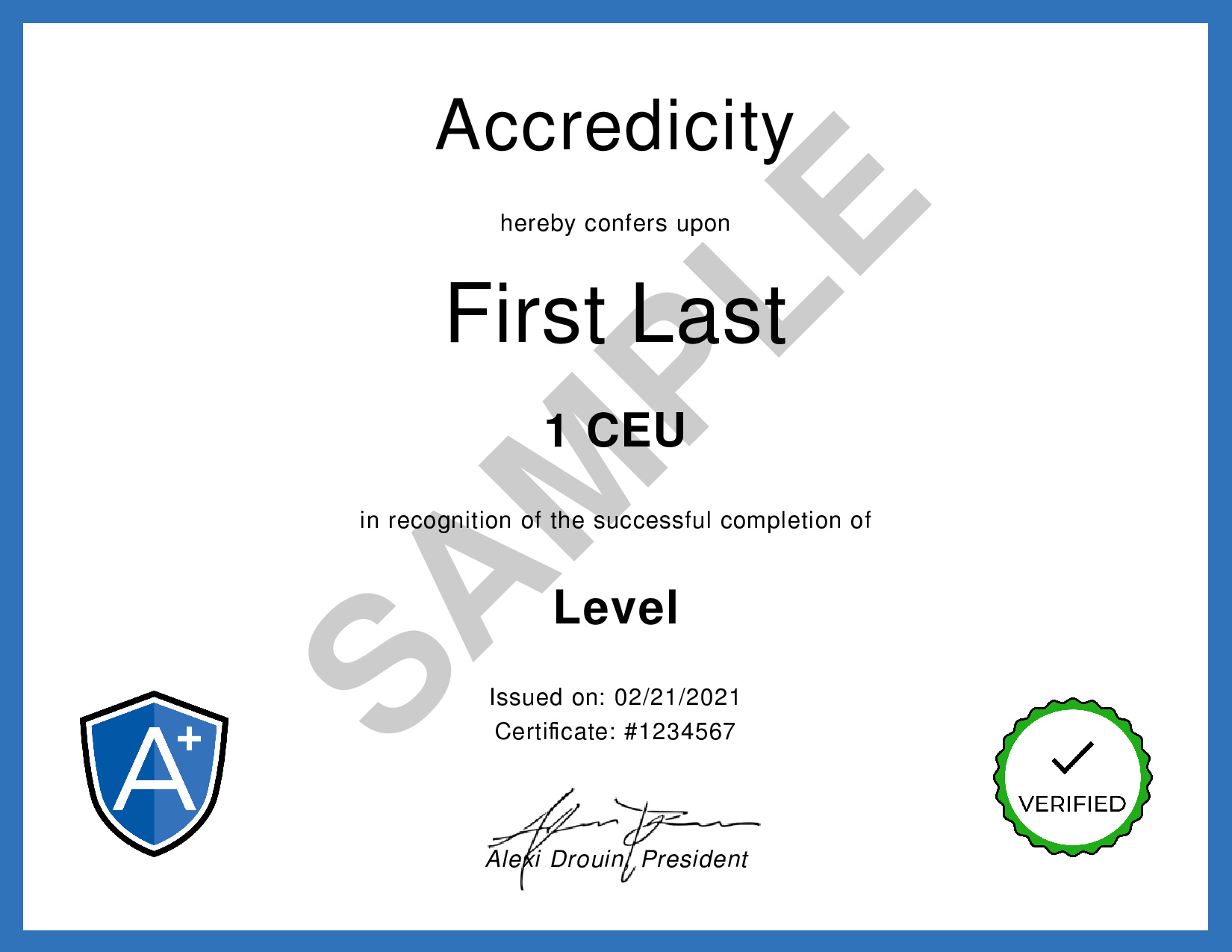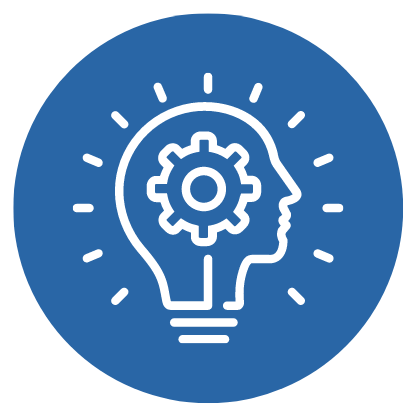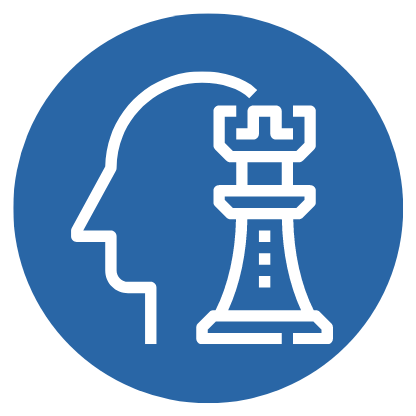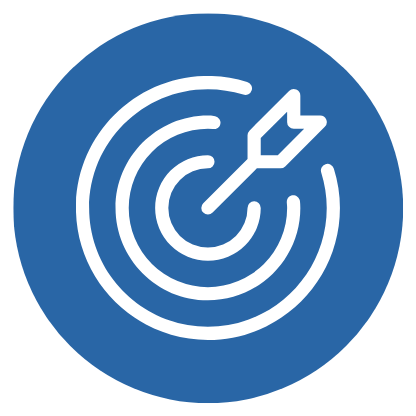The Innovator’s Dilemma by Clayton Christensen | Video Book Summary
Reference: Book Video Club. (2015, March 13). "The Innovator's Dilemma" by Clayton Christensen - VIDEO BOOK SUMMARY [Video]. YouTube.
We Make Your Education Count

Get the Credit You Deserve and Become the Most Attractive Job Candidate by Earning and Posting A+ Badges to Your Linkedin Profile.
Sign Up to Get Started at Accredicity
Unlock the secrets of disruptive innovation with "The Innovator's Dilemma" by Clayton Christensen and gain insight on why big companies fail and startups succeed.In The Innovator's Dilemma, Harvard Business School professor Clayton Christensen distinguishes between sustaining and disruptive innovation and explains how successful companies that dominate their industries fail in the face of disruptive innovation. Christensen explains why it's difficult for most companies to adopt disruptive technologies, often due to the small market size and unappealing characteristics of a disruptive technology. He also speaks to the importance of companies listening to their customers in order to continue successfully with their sustaining innovations and looking to niche markets to identify and embrace disruptive innovations. Startups are encouraged to take advantage of their small market size and fine-tune their technology, as larger competitors may not be paying attention. The Innovator's Dilemma published in 1997 continues to be an insightful approach to innovation, providing guidance for companies on how to navigate disruptive technologies. Learning Outline1. Sustaining and disruptive innovation: Sustaining innovation improves a product's performance based on feedback from its best and largest customers, whereas disruptive innovation often involves lower performance in many of the key features valued by the market. Instructional ContentThe Innovator's Dilemma, written by Harvard Business School professor Clayton Christensen, offers an explanation as to why some of the most successful companies in the world fail to adapt to disruptive innovation. The book explains how a successful company’s path of sustaining innovation—improving a product’s performance based on feedback from its best and largest customers—may lead to its ultimate demise. Christensen distinguishes between sustaining and disruptive innovations, showing how disruptive innovations often involve lower performance in many of the key features valued by the market. It is this subtle, yet significant, difference that makes disruptive innovations difficult for most companies to adopt. This video summary of The Innovator's Dilemma explains why it is so hard for large companies to be at the forefront of disruptive innovation. Christensen explains that disruptive technologies are often born from a need that exists in a niche market that is neglected by current market offerings. Companies may be too focused on sustaining innovations to realize the potential of disruptive innovations. Christensen also shows how smaller startups have the potential to benefit from disruptive innovations, as they have more time to fine-tune their technology given the small market size. The Innovator's Dilemma is a timeless book that speaks to the importance of embracing disruptive technologies, even when they initially appear to be doing everything wrong. The video book summary of The Innovator's Dilemma provides a great overview of Christensen’s key points, offering valuable insight for both large and small companies. By recognizing the difference between sustaining and disruptive innovations, companies and startups can use this knowledge to their advantage, helping them stay ahead of the competition and remain successful in the long-term. Leadership
|

In "The Innovator's Dilemma" by Clayton Christensen, he explains how big companies that are currently dominating their industries can fail if they don't pay attention to new innovations. It's like a Goliath trying to fight a David. The book talks about two types of innovation: sustaining and disruptive. Sustaining innovation is improving a product's performance, while disruptive innovation is creating something new that will eventually become the market leader. It's hard for large companies to invest in disruptive technology because it doesn't seem to make sense in the short term, but it's really important for them to stay ahead of their competitors. Small startups can have the advantage of having a small target market, which can help them develop their technology and slowly become the market leaders. Video Quotes1. "Disruptive innovation often involves lower performance in many of the key features valued by the market. It often means more defects and less speed or power. A disruptive product appears as if it's doing everything wrong." - Clayton Christensen 2. "A company follows a path of sustaining innovation when it improves a product's performance based on feedback from its best and largest customers. It's usually about reducing defects and making something faster or more powerful." - Clayton Christensen 3. "Even though disruptive innovations may not make sense in the short term, they simply can't be ignored. Companies need to listen to their customers in order to continue successfully with their sustaining innovations but they need to look at niche markets and how they use their products in order to identify potentially disruptive innovations and embrace them." - Clayton Christensen Related Quotes"The most dangerous kind of waste is the waste we don't recognize." - Clayton Christensen Competencies1. Creativity and Innovation Learning Outcomes1. Understand: Explain the distinction between sustaining and disruptive innovation. Sample Answers1. I learned that there are two types of innovation, sustaining and disruptive. Sustaining innovations improve a product's performance based on feedback from its best and largest customers, while disruptive innovations often involve lower performance and cater to niche markets. 2. I understand why large companies are often caught asleep when it comes to disruptive innovation. It doesn't make sense in the short term to dedicate resources to a niche and unproven opportunity, so they focus on sustaining innovation instead. 3. I also understand why startups should not be discouraged by the indifference of their larger competitors. A small target market gives them time to fine-tune their technology and potentially create something big. Clayton ChristensenClayton Christensen is a renowned Harvard Business School professor, educator, and a former business consultant. He is an expert on The Innovator's Dilemma because he coined the term "disruptive innovation" and is widely considered the world's foremost authority on disruptive innovation and its implications for businesses. He is associated with Harvard Business School where he is a professor, and is the founder and chairman of Innosight, a consulting firm focused on helping organizations create and capture disruptive innovation. Clayton Christensen Learning DesignCreativity and Innovation: Creativity and innovation are important to learn for the Leadership course because it enables leaders to think outside the box and develop solutions for problems. It also helps leaders to find new ways of doing things and to come up with ideas that are beneficial for their organizations. A framework or pedagogy that students can use to help build this competency is the Design Thinking approach. This approach focuses on understanding the user, creating a prototype, testing the prototype, and iterating and pivoting. Strategic Thinking: Strategic thinking is important to learn for the Leadership course because it helps leaders to develop a clear understanding of the current situation and to make decisions that are beneficial for the organization. A framework or pedagogy that students can use to help build this competency is the SWOT Analysis. This approach involves assessing strengths, weaknesses, opportunities, and threats in order to make decisions. Vision: Vision is important to learn for the Leadership course because it helps leaders to create a clear vision for the organization and to motivate their team. A framework or pedagogy that students can use to help build this competency is the Goal Setting Approach. This approach involves setting specific, measurable, attainable, realistic, and time-bound goals. AssessmentQ. What is the main message of the Innovator's Dilemma? Answer: B. Companies should focus on both sustaining and disruptive innovations. QuestionsCommon Hypothetical Questions: Real-Life Examples and Scenarios: KeywordsSustaining Innovation, Disruptive Innovation, Niche Market Segment, Smartphone Camera Capabilities, Wikipedia Encyclopedia, Google Maps Navigation, Skype Phone Companies, Netflix Video Rental, Kindle Book Publishing, Airbnb Hotel Managers, Uber Taxi Drivers Facts1. Sustaining innovations improve performance based on customer feedback while disruptive innovations often involve lower performance in many features. Trends1. Create an online platform for large companies to quickly assess potential disruptive innovations that are emerging in niche markets. 2. Develop an online tool that allows startups to compare their disruptive ideas to existing products and services in the market. 3. Develop an online course for entrepreneurs to learn the principles of disruptive innovation and how to apply them in their businesses. 4. Design a business model competition where startups can pitch their disruptive ideas to industry experts and investors. 5. Create a venture fund for companies to invest in disruptive technologies that have the potential to disrupt existing markets. SourceThis learning instructional guidance was formulated using the GPT-3 language model created by OpenAI. ShareInnovative disruption can seem counterintuitive, but it's key for success: market leaders must look for niche markets and startups should not worry too much about competition. #Innovation #Disruption #Success #Startups #Competition 🤔 @Accredicity |








 12 Creds - Leadership
12 Creds - Leadership



